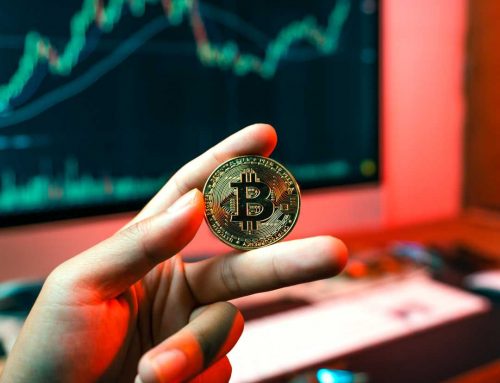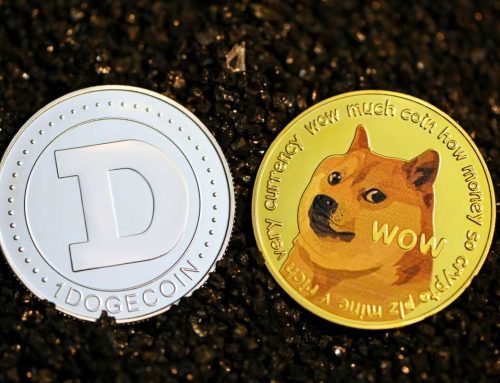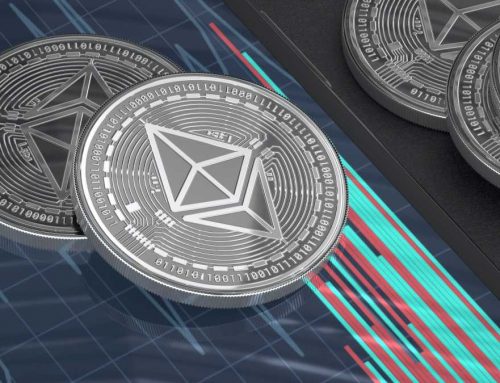Litecoin is a cryptocurrency that was created in 2011 as a fork of the Bitcoin network. It was designed to offer a number of improvements over Bitcoin, including faster transaction times and a greater maximum supply of coins. Since its launch, Litecoin has become one of the most widely used cryptocurrencies, and it has a strong following among crypto enthusiasts and investors. In this article, we will delve into the history, features, and potential future of Litecoin.
The creator of Litecoin is Charlie Lee, a former Google employee who was interested in the concept of cryptocurrency and wanted to create a version of Bitcoin that was faster and more efficient. Lee launched Litecoin in 2011, and it quickly gained popularity due to its faster transaction times and lower fees. Unlike Bitcoin, which has a maximum supply of 21 million coins, Litecoin has a maximum supply of 84 million coins. This allows for a greater number of coins to be distributed, which can potentially make it more accessible to a wider group of people.
One of the main differences between Litecoin and Bitcoin is the way that transactions are processed. Both cryptocurrencies use a decentralized network of computers to verify transactions and add them to the blockchain, a publicly available ledger of all transactions. However, Litecoin uses a different algorithm for this process called “scrypt,” which is designed to be more efficient and require less processing power than the algorithm used by Bitcoin. This means that Litecoin transactions can be processed faster and at a lower cost than Bitcoin transactions.
Litecoin also has some other features that make it unique compared to other cryptocurrencies. For example, it uses “Segregated Witness,” or SegWit, which is a protocol that helps to increase the capacity of the Litecoin network by allowing more transactions to be processed at once. This has helped to reduce fees and make the network more efficient. In addition, Litecoin has implemented “Lightning Network,” a layer on top of the blockchain that allows for faster and cheaper transactions.
One of the key benefits of Litecoin is its speed. Transactions on the Litecoin network are generally confirmed within a few minutes, compared to the hour or more it can take for a Bitcoin transaction to be confirmed. This makes Litecoin an attractive option for those who want to send and receive payments quickly and efficiently.
Despite these advantages, Litecoin has faced some challenges in the past. The cryptocurrency market is highly volatile, and the value of Litecoin (like all cryptocurrencies) can fluctuate significantly over time. In 2017, the value of Litecoin reached an all-time high of over $300, but it has since dropped significantly. As of December 2021, the value of Litecoin is around $100.
Despite these fluctuations, Litecoin has remained a popular and widely used cryptocurrency. It is accepted by a growing number of merchants and can be easily bought and sold on a variety of cryptocurrency exchanges. Many people see Litecoin as a good investment opportunity, as it has a strong track record and a dedicated community of supporters.
Looking to the future, it is difficult to predict exactly what will happen with Litecoin. The cryptocurrency market is constantly evolving, and new technologies and developments can have a big impact on the value and adoption of different coins. However, given its history and features, it seems likely that Litecoin will continue to be a significant player in the crypto space for years to come.
In conclusion, Litecoin is a cryptocurrency that was created as a fork of the Bitcoin network, with the goal of offering faster transaction times and a larger maximum supply of coins. It has become one of the most widely used cryptocurrencies, and is known for its speed and efficiency. While the value of Litecoin has fluctuated over time, it remains a popular and widely accepted coin.




